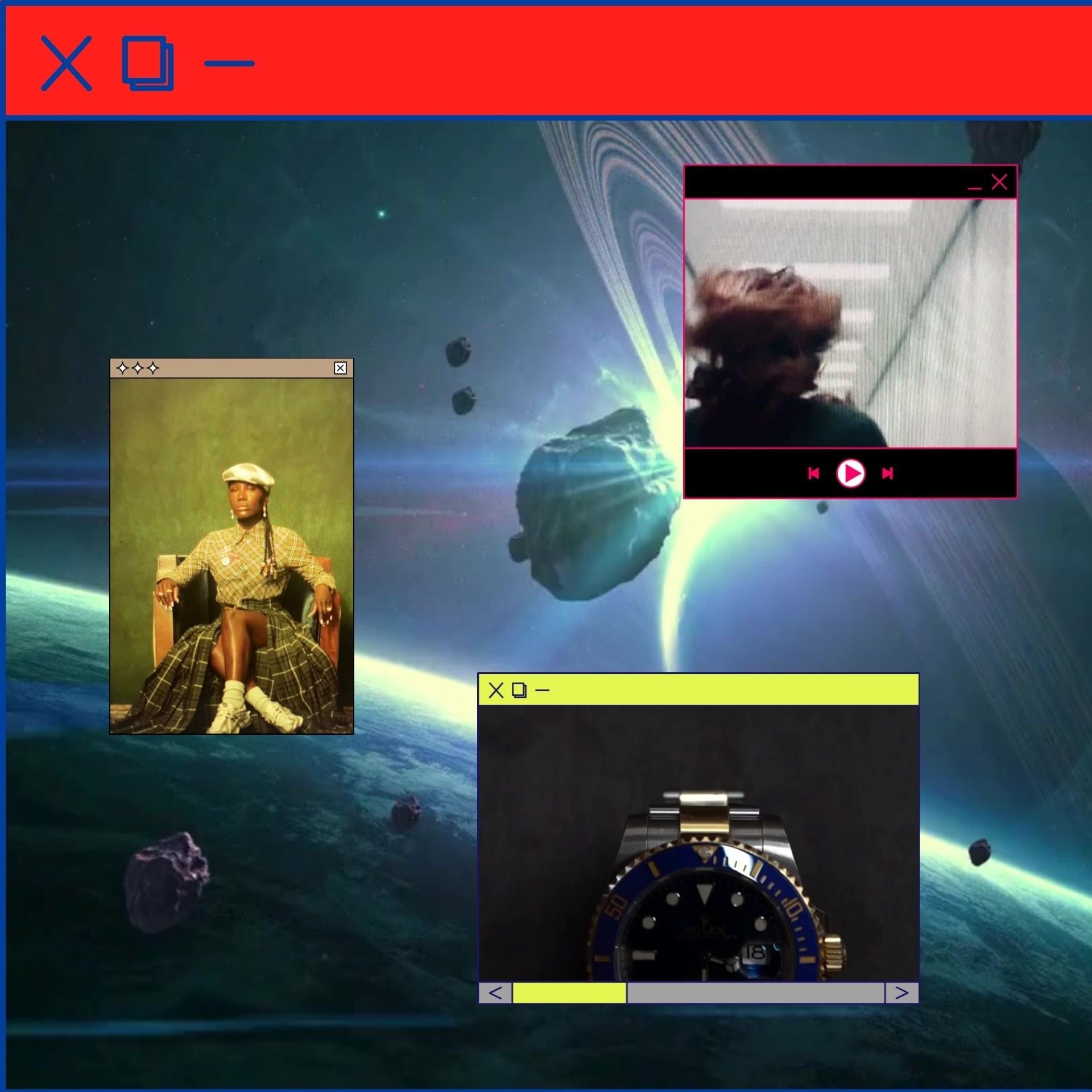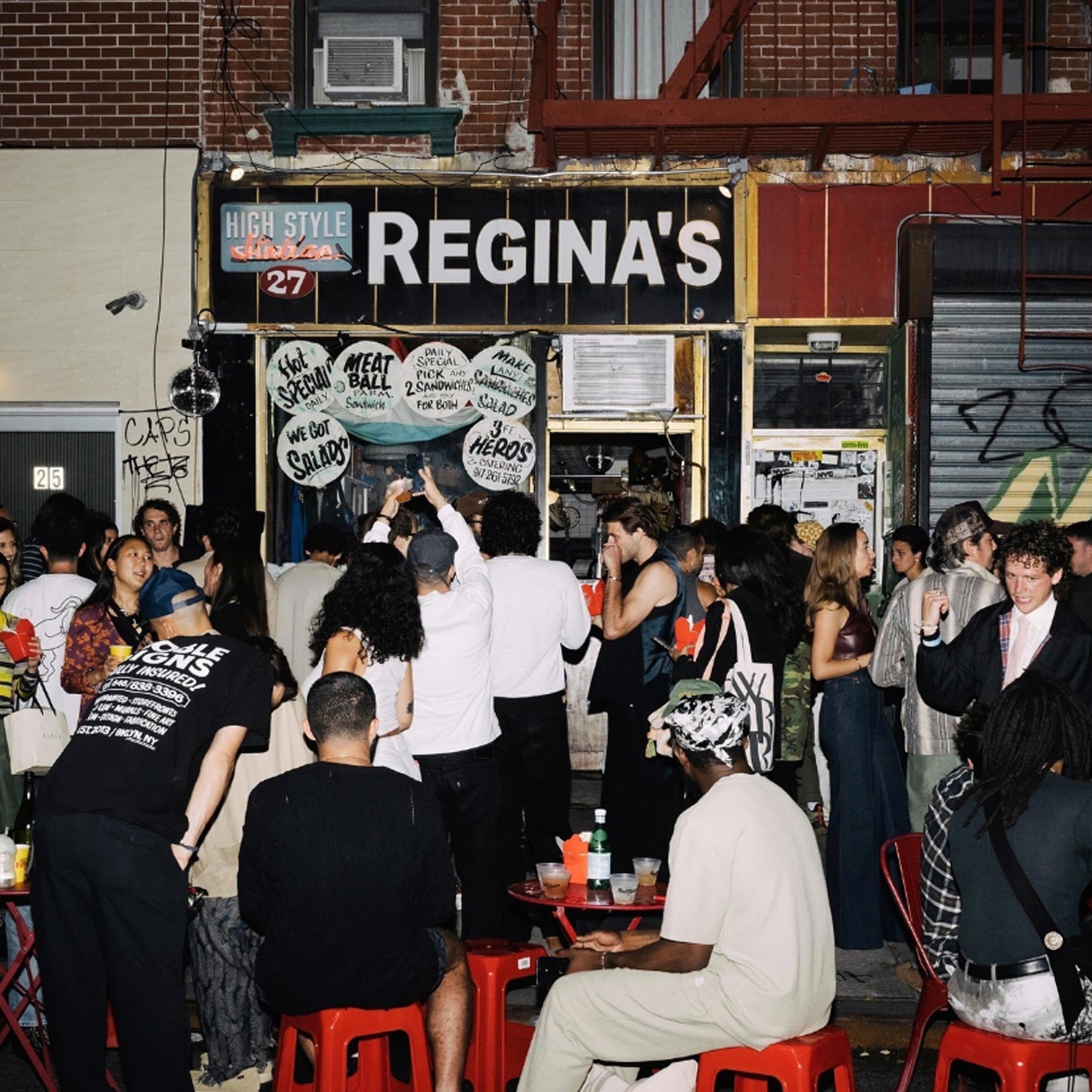

NEW DARLING OF MARKETING: RETAIL MEDIA
Featuring
Beth Ann Kamnikow, global CEO, VMLY&R Commerce
Travis Montaque, co-founder and CEO of Group Black
Patrick Gales, SVP, Infillion
With the decline of cookies, advertisers are turning to new strategies for personalized customer engagement, and retail media networks (RMNs) from major retailers with extensive customer bases are a compelling solution.
Companies can now invest in powerful RMNs from Amazon, Walmart, and Target (Roundel). These retailers have effectively leveraged their first-party data to create robust advertising platforms across both online and in-store channels, ensuring brands reach consumers who are already in shopping mode. They provide advertisers with diverse formats, including online display ads, onsite search, recommendation engines, and in-store radio.

If you’ve been on Amazon recently, you’ve likely encountered ads from advertisers using their Retail Media Network (RMN) to target audiences based on behavior, lifestyle, context, remarketing, audience lookalikes, or other anonymized segments provided by Amazon.
"Retail is the new center of gravity for brands," says Beth Ann Kaminkow, Global CEO of VMLY&R Commerce, at the Cannes Lions Festival. Retail media networks have become the marketing industry's latest favorite.
However, RMNs are not yet a silver bullet. The discussions around RMNs are largely isolated from broader industry advancements. While marketing and advertising have made significant strides in customer-centricity, diversity, omnichannel strategies (including web 3), and brand experience, RMNs are still an emerging channel. Incorporating these advancements into retail media could potentially disrupt the e-commerce market, which constitutes 14% of total retail sales in the US compared to China’s 46%.
Let’s explore how the progress in diversity, web 3, and customer-centricity can be integrated into retail media.
Diversity
The marketing and advertising industry has made significant progress in humanizing brands over the past two years. External forces such as the pandemic and a heightened focus on diversity have pushed brands to prioritize people over profits, driven by demands from Millennial and Gen Z consumers. 80% of Gen Z and Millennials expect brands to address societal issues like racial and gender inequity. Advertisers have responded by creating brand experiences that reflect these values, particularly the need for diversity across all areas of American culture. This includes investing in diverse creators, employees, and media.

Advertisers can enhance their commitment to diversity by investing in more diverse creators and extending these relationships beyond social media and brand awareness to include end-to-end influencer collaborations that incorporate retail media.
Group Black, the largest collective of Black-owned media and diverse creators, was founded by Bonin Bough, Travis Montaque, and Richelieu Dennis to boost investment in Black creators and media brands. “Black creators drive culture in a big way,” Montaque said, and he is right. Our culture has been profoundly shaped by Black culture. (For example, our company name, Far From Timid, is inspired by a line from Notorious B.I.G.’s song “Sky’s The Limit.”)
Target has introduced the Roundel Media Fund, which will allocate over $25 million in paid media to diverse-owned and founded brands by 2025. All RMNs should adopt similar initiatives.
An impressive 74% of consumers begin their product searches on Amazon. While Amazon has shown a commitment to diversity by featuring Black-owned brands on its platform, increasing investment in these brands could have a lasting impact.
Web 3 Retail Media
In January 2022, Walmart filed two VR shopping-related patents describing a system where users can put on VR headsets and haptic gloves for an immersive in-store experience, regardless of location or time. Other e-commerce giants like Amazon and Alibaba are also preparing to embrace Web 3 commerce. IKEA, for instance, uses mobile-based augmented reality to digitally place furniture in your living room.

The case for investing in Web 3 retail and retail media experiences is compelling:
- Closed Loop Tracking: Retail media networks (RMNs) offer advertisers closed-loop experiences, enabling precise tracking of campaign investments. Web 3 enhances this with smart contracts, providing built-in closed-loop systems.
- User Privacy: The Spatial Web’s use of blockchain in its data layer allows users to own and authorize third-party use of their data. This holds extraordinary promise for reducing data breaches, identity theft, and unauthorized advertiser bombardment.
The metaverse conversation in advertising and marketing might be unclear, but it is undeniably here and thriving. In 2021 alone, $100 billion was spent on virtual goods in gaming platforms, and $40 billion on NFTs. 1.
One of the greatest promises of Web 3 retail is rewarded advertising. Imagine joining Target’s 3D-constructed supermall in the metaverse and receiving NFT tokens for participating. Interact with a virtual Nike sneaker ad and earn more tokens, which can be redeemed. These tokens, equipped with smart contracts, can be updated weekly with new utilities, ranging from sweepstakes to promotions. An AI-powered metaverse could usher in a new level of personalization with privacy protections not possible in Web 2.
Infillion, a technology solutions company, is developing Web 3 retail solutions. Patrick Gales, SVP of Infillion, explains, “We’re building experiences for users that allow for alternatives to a paywall or wallet, where you can start earning tokens and make purchases within these virtual worlds.”
Customers seek easier online shopping, and Web 3 meets their needs by combining the best elements of Web 2 with immersive technology and robust user privacy protections.
Customer Centricity
Ad tech’s reputation has suffered due to brand safety issues and data integrity concerns. However, advancements in blockchain have improved brand safety and data integrity, offering hope for a better reputation.
When Google announced the phasing out of third-party cookies in January 2020, the Association of National Advertisers (ANA) expressed "deep disappointment" and acknowledged fears of significant industry disruption. The ANA was concerned that consumer privacy demands would adversely affect their business.
At the Cannes Lions Festival 2022, Sheryl Goldstein, EVP and Chief Industry Growth Officer of IAB, highlighted that privacy officers, legal experts, and policy makers are now integral parts of marketing discussions. This change underscores the industry's shift towards prioritizing consumer privacy.
Notably, 52% of online shoppers are willing to share personal information in exchange for personalized offers. Millennials and Gen Z, in particular, appreciate advertising that aligns with their values, such as diversity and sustainability.
Why not design retail media products with consumers in mind and make customer centricity a reality in ad tech, starting with retail media? This approach could revolutionize the industry by ensuring advertising resonates with consumer values and demands.
*********************
Follow Far From Timid on LinkedIn for more Cannes Lions coverage and legendary news and stories for brand, culture, and design addicts like you.
Far From Timid is helping clients develop omnichannel customer journeys that include retail media and ecommerce experiences that connect brand and performance marketing.
Far From Timid covered Cannes Lions 2022 for our Honey Pot magazine and pulled together the top themes we think brands need to prioritize, supported by quotes we heard (and read) at selected sessions from the brands and agencies that inspired us. Then we mashed them up to create cross conversations because ideas cannot happen in a vacuum. For example, we can’t just talk about diversity on its own. We need to talk about diversity as it relates to media buying. Finally, we feature the “truth-bomb” takeaway insights and the award-winning work connected to each part of the series because we can’t make progress if ideology isn’t practiced.



